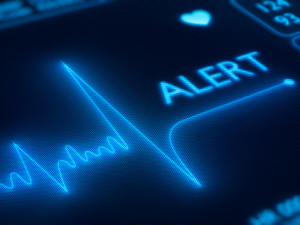
It is getting easier to make a “deepfake video”. In the beginning of this month, an application in China went viral through which anyone is able to put his or her head in a movie scene of your choice. For this application, a Chinese phone number is required. What might be the effects when this technology would be easily accessible to everyone with a smartphone?
The technology making deepfakes possible is already existing for years. However, it began to get popular when it was firstly used for porno movies. The use of deepfakes for porn is questionable, since the concerned person has mostly not given their approval. Therefore, Rebbit, the forum where it all started, has banned the controversial deepfake videos. Imagine that once the technology is easily accessible to everyone, even minors might create virtual porn, which is punishable in most countries.
The public prosecutor of the Netherlands is worried about the use of the fake videos to persuade people to do something punishable for example. As a result, the maker of the concerned deepfake video can be prosecuted for defamation or slander in most countries.
Besides that, a deepfake video could be used for blackmail, which could lead to dangerous situations. Researchers argue that in six to twelve months from now, you are probably not capable of distinguish a deepfake from a real video (NOS, 2019). One of the reasons is that it is currently complicated to falsify audio.
The question is whether prohibitions are the right way to prevent the dangers of deepfakes, since social media is also not banned. It is not about the technique, but about what you do with the deepfakes (NOS, 2019). For example, it might be utilized for educational as well as psychological purposes. Think about virtually talking to a deceased loved one or teach a class with virtual historical figures. Regulatory institutions should reconsider the law to make these applications possible.
Sources
Nos.nl (2019). Nederlandse Publieke Omroep: Zorgen OM over deepfakes: ‘Risico op oplichting en afpersing’. [online] Available at: https://nos.nl/artikel/2300688-zorgen-om-over-deepfakes-risico-op-oplichting-en-afpersing.html [Accesed 17 Sep. 2019].

